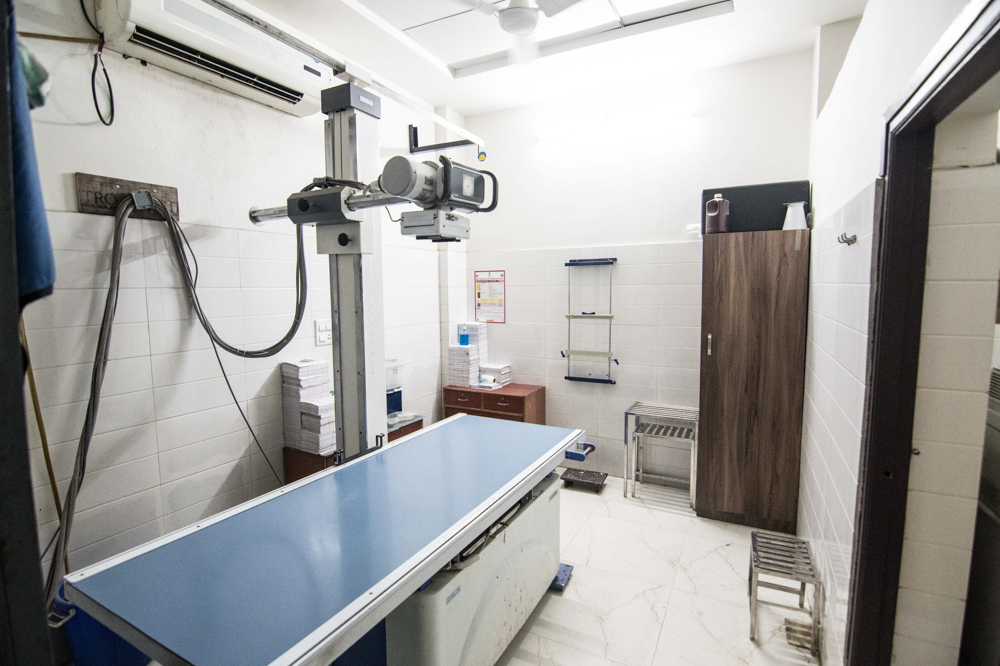An Electrocardiogram (ECG or EKG) is a quick, non-invasive test that provides valuable information about your heart’s electrical activity. By capturing this data, an ECG can reveal a range of heart problems, making it an essential tool in diagnosing heart conditions. But what exactly can an ECG detect? Here’s a closer look at the heart issues an ECG can uncover and how this test can help in early diagnosis and treatment.
1. Irregular Heart Rhythms (Arrhythmias)
One of the most common uses of an ECG is to detect arrhythmias—irregular heart rhythms that affect how well your heart pumps blood. Arrhythmias can include conditions like atrial fibrillation, ventricular tachycardia, and bradycardia. An ECG shows these irregularities by capturing abnormal heart rates and rhythm patterns.
Symptoms of Arrhythmias Detected by ECG
- Fluttering or racing heartbeat
- Slow or irregular pulse
- Dizziness or fainting spells
- Shortness of breath
2. Heart Attack (Myocardial Infarction)
An ECG can help detect both ongoing and previous heart attacks. During a heart attack, blood flow to the heart muscle is restricted, causing distinctive changes in the ECG pattern. These changes indicate damage to the heart muscle, which is crucial for timely intervention.
ECG Signs of a Heart Attack
- ST-segment elevation or depression
- T-wave abnormalities
- Pathological Q waves
3. Ischemia (Reduced Blood Flow)
Ischemia occurs when there’s reduced blood flow to the heart, often due to blocked arteries. An ECG can detect ischemic changes, even if they’re temporary, allowing doctors to identify issues like angina (chest pain caused by ischemia) and other coronary artery diseases before they lead to more severe complications.
Signs of Ischemia on an ECG
- ST-segment depression
- Inverted T-waves
- Changes in rhythm during a stress test
4. Electrolyte Imbalances
The heart’s electrical activity relies on balanced electrolytes like potassium, calcium, and magnesium. When these electrolyte levels are abnormal, it can cause irregular heart rhythms. An ECG can detect these changes, alerting healthcare providers to potentially serious imbalances.
ECG Changes with Electrolyte Imbalance
- Tall or peaked T-waves (high potassium levels)
- Prolonged QT intervals (low calcium or potassium)
- Flattened or inverted T-waves (low potassium)
5. Cardiomyopathy (Heart Muscle Disease)
Cardiomyopathy is a condition where the heart muscle becomes enlarged, thickened, or stiff, affecting its ability to pump blood effectively. Certain types of cardiomyopathy, such as hypertrophic or dilated cardiomyopathy, show specific patterns on an ECG that aid in diagnosis.
ECG Indicators of Cardiomyopathy
- Abnormal QRS complexes
- T-wave abnormalities
- Ventricular arrhythmias
6. Structural Abnormalities and Chamber Enlargement
An ECG can provide clues about heart enlargement (hypertrophy) and other structural abnormalities. For example, high blood pressure or valve disease can lead to an enlarged heart, which affects ECG wave patterns, particularly in the QRS complex and P-wave.
ECG Clues to Structural Problems
- Large P-waves (indicating atrial enlargement)
- Increased QRS amplitude (suggesting ventricular enlargement)
- Axis deviation (abnormal direction of electrical signals)
7. Pericarditis (Inflammation of the Heart Lining)
Pericarditis, the inflammation of the pericardium (the sac surrounding the heart), often causes specific ECG changes. These changes can indicate inflammation around the heart, helping doctors determine if the patient needs further evaluation or treatment for this condition.
ECG Signs of Pericarditis
- ST-segment elevation in multiple leads
- PR-segment depression
- T-wave changes
8. Pre-Excitation Syndromes
Conditions like Wolff-Parkinson-White (WPW) syndrome are known as pre-excitation syndromes, where an extra electrical pathway causes the heart to beat abnormally fast. ECG can detect these extra pathways, which appear as specific abnormalities in the P-wave and QRS complex, helping with early diagnosis and management.
ECG Findings for WPW Syndrome
- Shortened PR interval
- Delta wave in the QRS complex
- Abnormal tachycardia patterns
9. Long QT Syndrome (LQTS)
Long QT syndrome is a condition affecting the heart’s electrical system, leading to prolonged intervals between heartbeats. If left untreated, LQTS can increase the risk of sudden cardiac events. ECG is essential for diagnosing LQTS, as it captures the extended QT interval.
ECG Markers of LQTS
- Prolonged QT interval
- Irregular T-wave shapes
- Potential for arrhythmias under stress
In conclusion, an ECG is a powerful tool for detecting a wide range of heart problems, from irregular rhythms and heart attacks to structural abnormalities and electrolyte imbalances. At Dr. Vayas Lab, our expert team uses state-of-the-art ECG technology to provide you with a clear understanding of your heart health, ensuring timely diagnosis and peace of mind.




